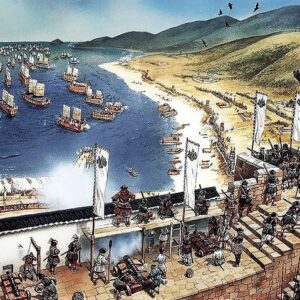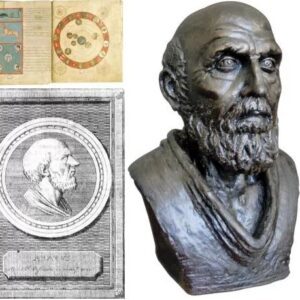
Serbia, a small country in the Balkans, has a long and complex history. From ancient times, this region has been a melting pot of different cultures and peoples, who left their mark on the land and its inhabitants. Recently, a team of archaeologists made a remarkable discovery that sheds new light on the origins of the Serbian people.

According to their findings, newcomers from Eastern Europe settled in today’s Serbia almost 5,000 years ago. The team, led by Dr. Marko Porčić from the University of Belgrade, conducted excavations at several archaeological sites in the region and analyzed the remains of human bones, as well as artifacts such as pottery and tools.
Their research showed that these early settlers were part of a larger migration that took place around 3000 BC, when a wave of people from the Pontic-Caspian Steppe region moved westwards and settled in different parts of Europe. The Steppe people were known for their advanced metalworking skills and horse riding abilities, which gave them a military advantage over the indigenous populations.



The Steppe people who settled in Serbia were part of the so-called Yamnaya culture, which originated in present-day Russia and Ukraine. They brought with them new technologies and cultural practices, such as the use of wheeled vehicles and the domestication of horses. They also introduced a new language, which was probably an early form of Indo-European.
The arrival of the Yamnaya people had a profound impact on the local population, who were mostly farmers and herders. Over time, the two groups intermixed and created a new culture, which is known as the Early Bronze Age culture of the Carpathian Basin. This culture spread across Central and Eastern Europe, and left a lasting legacy in the form of numerous archaeological sites and artifacts.

The discovery of the Yamnaya settlement in Serbia is an important contribution to our understanding of the prehistoric migrations and cultural exchanges that shaped Europe. It also highlights the role of Serbia as a crossroads of different civilizations, which has left a rich and diverse cultural heritage for future generations to explore and appreciate.





